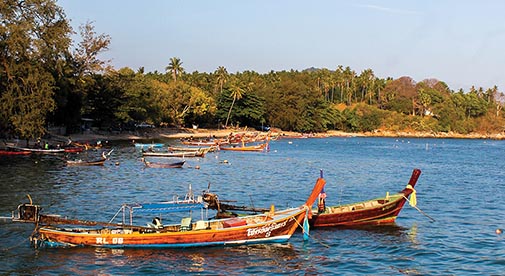
Thai Island Living: Just Another Day in Paradise
Subscriber Login - Not A Member Yet? Click Here Email Address Password Remember Me Forgot Your Password?

Subscriber Login - Not A Member Yet? Click Here Email Address Password Remember Me Forgot Your Password?
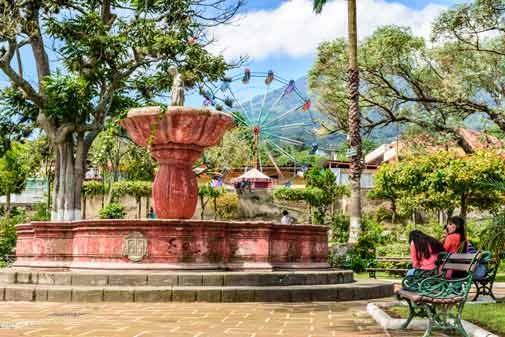
I was a shy, small-town, country girl who grew up on a dairy farm in Ontario, Canada, and now I’ve traveled to over 63 countries and to all seven continents,” says Nancy Payne. “I’d originally thought I wouldn’t be able to do that, as I’m not rich or famous, and then I realized if it’s what I love, then the universe will truly provide.”
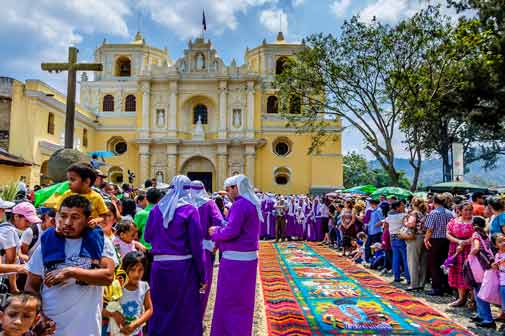
Each morning from my bedroom window, my eyes rest on a fresh canvas of perfect blue sky and the tree-smothered slopes of Agua volcano. From that same window, I also have a spectacular view of two more volcanoes only a few miles farther away...

Antigua is Guatemala’s most beautiful city, and the center of its cultural life and Spanish- colonial heritage. If you want to taste a little of everything Guatemala has to offer, this is the place to come. To start with, Antigua is nestled amid some of the country’s most dramatic landscape. This local geology hasn’t always been kind, however. Earthquakes in the 18th century led the Spanish to move their capital to the site of modern-day Guatemala City. But while Antigua’s population declined—today it’s around 47,000— more than enough of the city’s impressive architecture remained.
In an ankle-length skirt and dance pumps, our 12-year-old guide, Verónica, leads us daintily along a muddy path between steep fields of broccoli and maize. Climbing uphill away from the hand-tilled patches of land, we are engulfed by the luxuriant trees of the forest. Vivid orchids, giant bromeliads, and ferns thrive here in the heavy moisture.
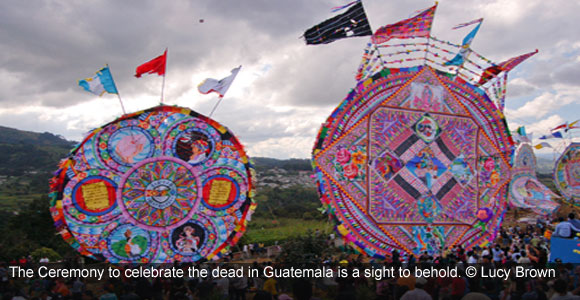
In Guatemala—as in Mexico—people celebrate All Saints’ Day on November 1 by traveling to cemeteries to honor the dead. They repaint family tombs, adorn them with yellow flowers and picnic by the graves.
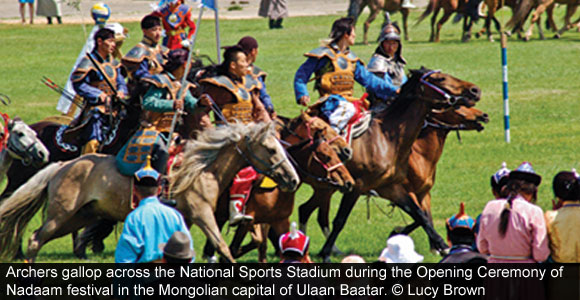
This is Nadaam or the “Three Manly Games,” Mongolia’s most important annual festival held during the national holiday from July 11 to 13. Its roots lie in Mongolian warrior traditions and include fierce competitions in three disciplines: Male only wrestling, all gender archery and gritty horse races out on the open steppe with fearless child jockeys.